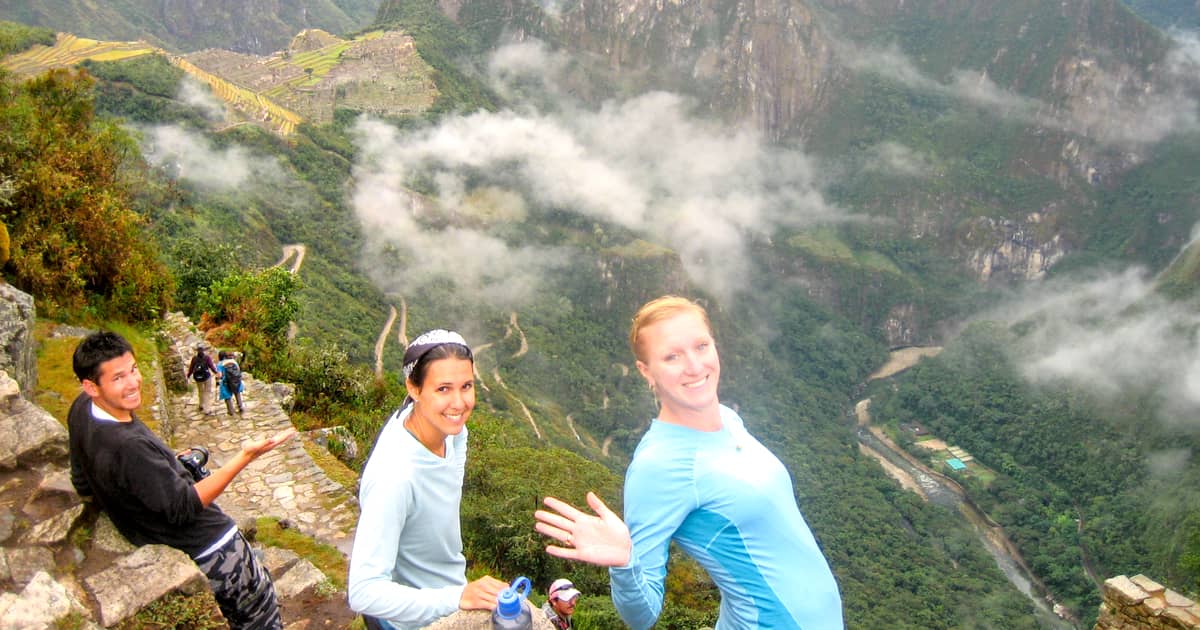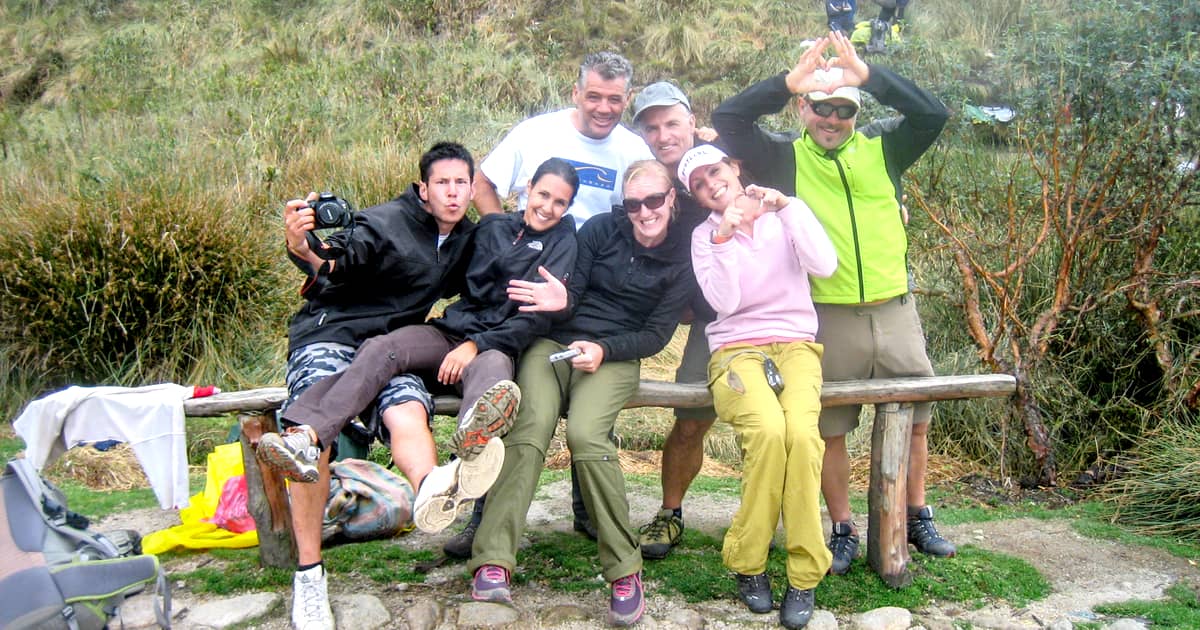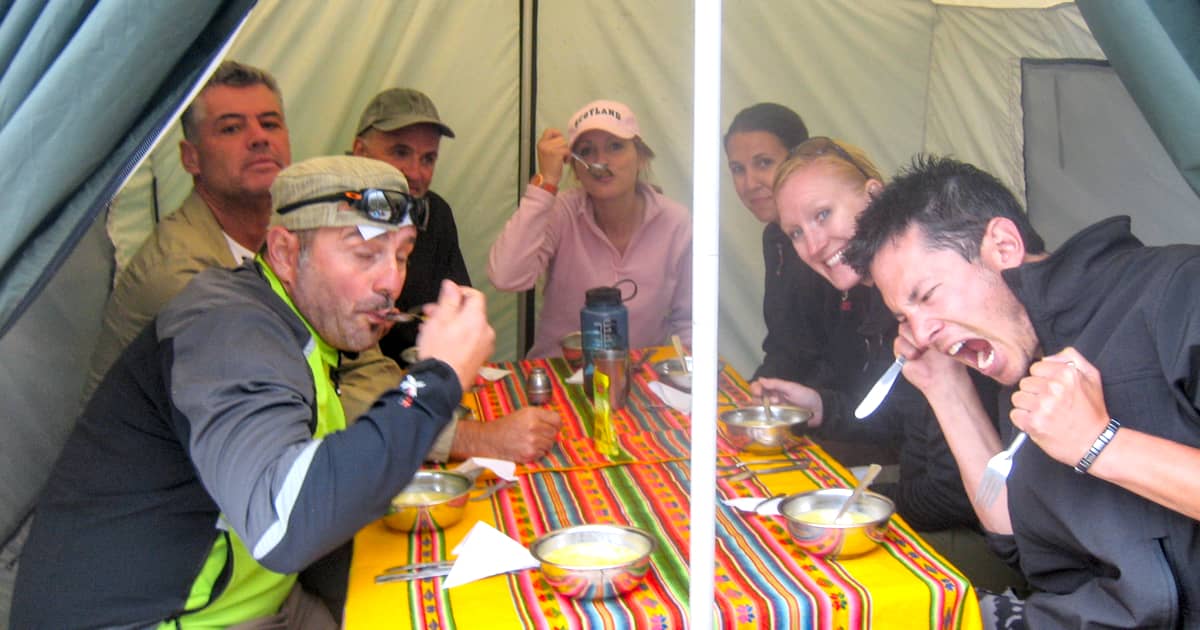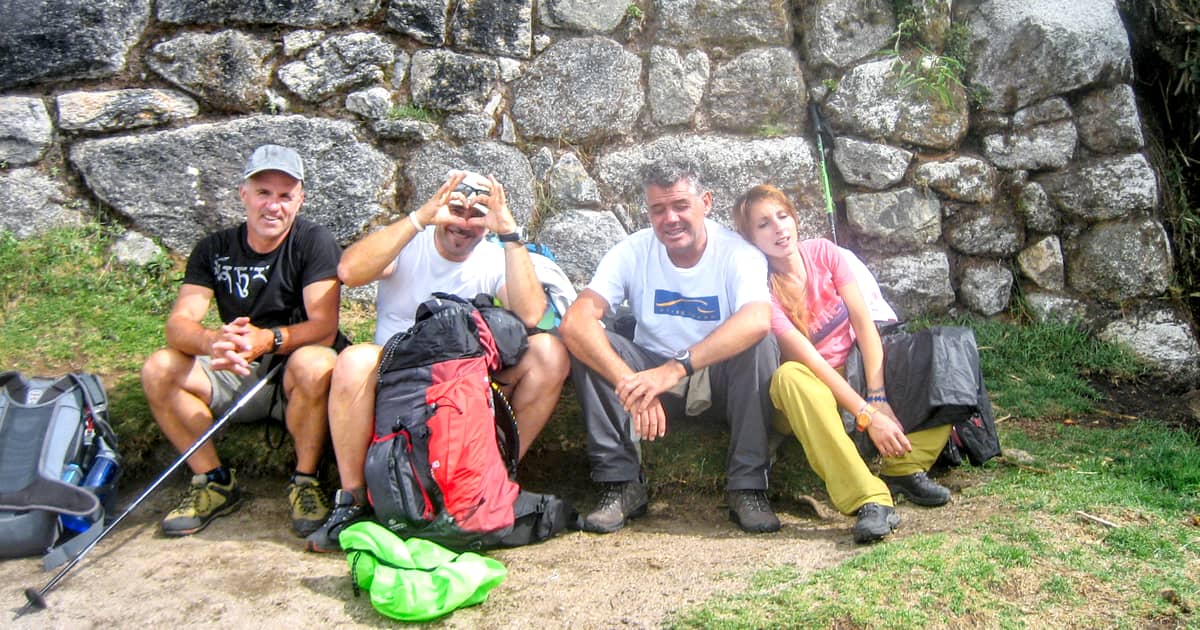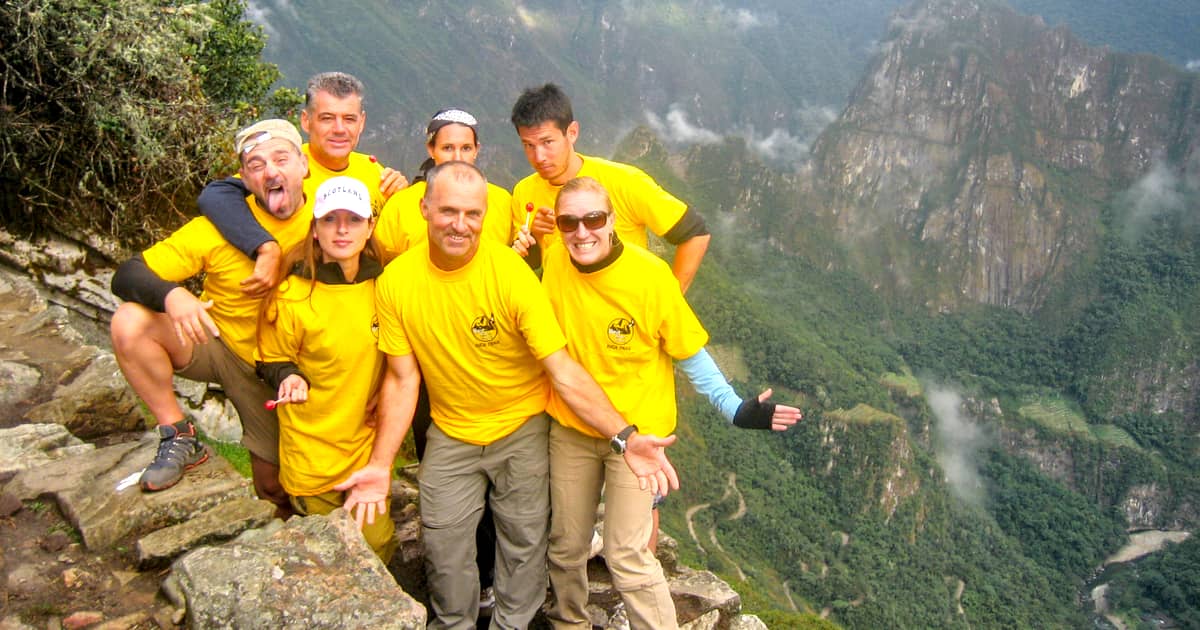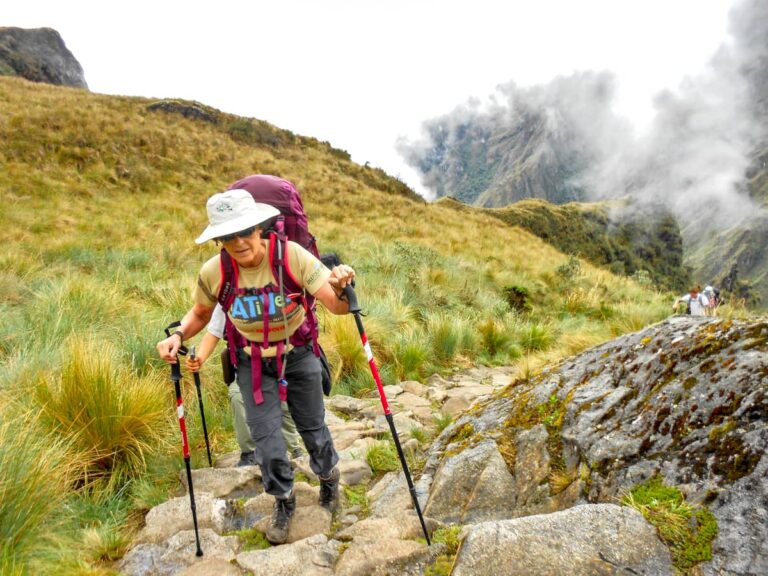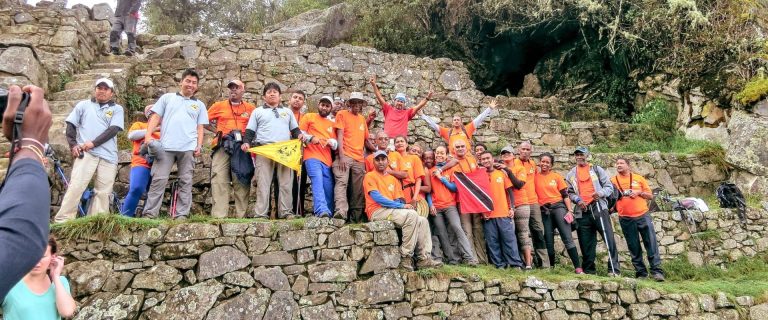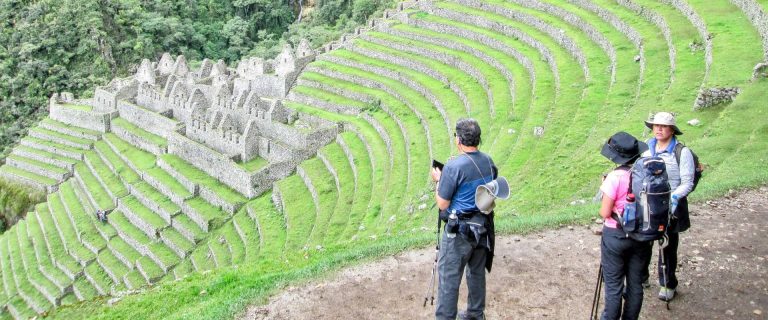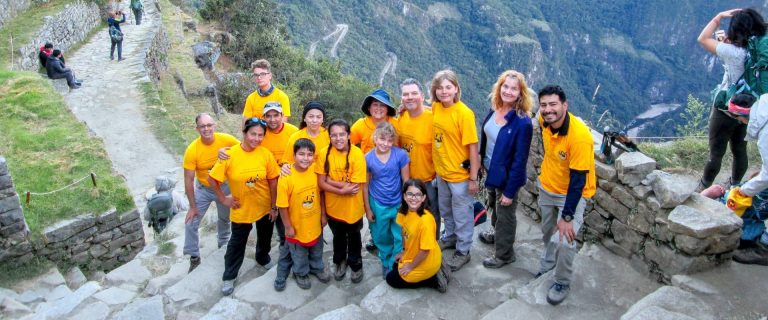Tour Details
See for yourself why the Inca Trail Trek to Machu Picchu is the most popular trek in the Andes!
On this Inca Trail tour you’ll enjoy spellbinding mountain scenery, unforgettable Inca sites, and a cornucopia of flowers and hummingbirds. With Best Andes Travel, you spend 4 full days hiking to Machu Picchu, and a 5th day exploring in the famous ruins themselves. After more than 30 years operating this route, we know how important it is to give all participants adequate time to properly acclimatize to the altitude in order to enjoy the sights at a comfortable pace.
Most of our returning passengers tell us they appreciated that our Inca Trail trek is 5 days instead of the more usual 4 days, enabling them to better adjust to the altitude, which mades them feel stronger, and to spend more time on this challenging trek. During four hiking days you cover 35 km/21.9 miles, starting at 8,700 ft and finishing at 7,860 ft above sea level. You cross two high passes, with a maximum elevation of 13,887 ft. While trail conditions are generally good, and the condition of the centuries-old Inca paving stones is astonishing, some steep trail sections require careful footing and good hiking boots with lug soles. Nevertheless, thanks to our careful pacing, dedicated guides and professional support staff, this Machu Picchu trip is suitable for novices and experienced hikers alike.
Porters carry the heavy gear; you carry only a daypack so you’re free to enjoy the spectacular scenery. You’ll be amazed at the hearty and delicious meals you have on the trail—our cooks prepare wholesome meals from fresh ingredients and handle all the kitchen chores. You sleep warm and protected in high-quality tents. Join Best Andes Travel, the most reliable outfitter in the Andes, for a trip you’ll never forget.
Note About Trekking Permits: Plan Ahead!
The Peruvian government limits the number of people allowed on the Inca Trail to 500 per day, including passengers, guides, cooks and porters. That leaves about 250 permits for trekkers. Permits sell out quickly for popular dates, so we recommend that permits be purchased 5-6 months ahead of your trek date. Don’t be disappointed. Check with us at least 5 months prior to your departure date about permit availability. For the last several years, we have had to turn away many disappointed people who waited too long or who did not know about the permit situation. In order to include you in the trek roster, we must receive: your full name as it appears on your passport, your nationality, passport number, age, occupation and gender. Permits are not refundable or transferable. If you are unable to secure a place on our Inca Trail to Machu Picchu tour, please ask about our excellent alternative treks in the Andes.
DAY-BY-DAY SUMMARY
Day 1: Huayllabamba
Day 2: Pacaymayo
Day 3: Phuyopatamarka
Day 4: Machu Picchu
Day 5: Machu Picchu/Cusco
Itinerary: Inca Trail Expedition 5 day
Included
- Indicated meals
- Transport by train and bus
- Porterage of up to 7 kg personal gear
- Communal camp gear including tables and camp chairs
- Dining tent
- Spacious sleeping tents
- Water filter and other amenities.
- Hotel in Aguas Calientes
Not Included
- Entrance to Huayna Picchu – there is a fee of $65 per person
- Sleeping Bag – $20 per bag for entire trek
- Tips to guide and trek staff
- Walking sticks ($15).
- Travel Insurance – you are strongly recommended to take out travel insurance for the duration of your trip.
When’s the best time to go?
The most popular months to trek the Trail are June, July and August, when the weather is warm and visibility is at its best. However, the summer shoulder months; April, May and September are less busy, so walkers will have more time and space to enjoy the trail.

